
1886 - 1966
Amédée Ozenfant
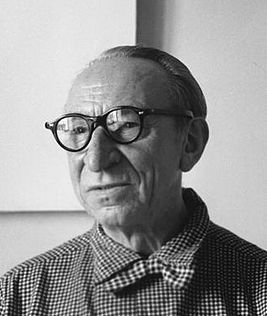
description
French artist, art theorist and founder of Purism.
Ozenfant had been painting since childhood. In the 1900s, he travelled around the world, taking part in various exhibitions. At the beginning of his career his style was influenced by that of the Cubists. However, he considered Cubism too subjective and intuitive and accused it of not being close to modern life. With a strong knowledge base in traditional art, he decided to “improve” Cubism by making it more classical. This is how Purism was founded.
The artist described the theoretical views of Purism in the magazine “Esprit Nuvo”, which was published from 1920 to 1923.
Ozenfant also engaged in pedagogical activity, publishing a few essays and books. His most famous books are “The Basics of Contemporary Art” (1928) and “A Journey Through Life” (1939). In addition, he opened several free workshops in different countries. In 1930, Ozenfant opened his own school in Paris. In the 1930s, he taught art to his students in London. From 1942 to 1952 he worked at the radio station “Voice of America”, preparing programs on cultural issues.
In the 1950s the artist moved away from the strict regulations of Purism. During those years, his paintings acquired the feeling of the air-filled environment, color was enriched with halftones, and small details appeared.
Key ideas:
– Ozenfant’s paintings are marked by the cold precision of the figure, softened by light color tones.
– Unlike Cubists, the artist argued that a work of art is “an aesthetic mechanism, which enhances the quality of modern life.”
– Ozenfant inherited from the Cubists a conditional collection of objects often depicted by them: bottles, jugs, glasses, etc. However, he depicted all these objects as subtly as possible, often displaying their front or back parts in the picture.
– Amédée liked to depict objects in profile, as he considered this the most informative image.
– His images of simple objects with their geometric clarity and accuracy resemble architectural blueprints of building details. Ozenfant applied many layers of paint very slowly; as a result, his paintings sometimes seem like bas-reliefs.
– Composing a group of several objects, the artist often did not give them any elaborate background. They were simply placed on a smooth black or colored background.
– Ozenfant often mixed images of bottles and tubes with images of musical instruments. He liked to depict glass objects, which gave him the opportunity to emphasize their silhouette.
– The artist claimed that the images of great art always live in the subconscious mind, waiting for the true artists who can portray them on the canvas.
1886
1915
1918
1928
1930
1939
1942
1966
The birth of the artist
«L'Elan»
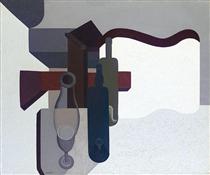
“After Cubism”

“The Foundations of Modern Art”
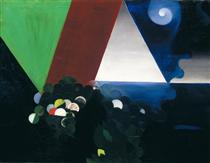
Founded his school in Paris
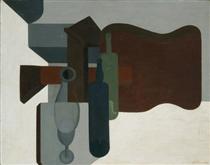
He created an academy of fine arts
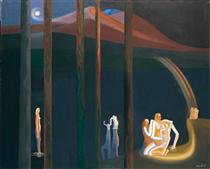
Worked on radio station "Voice of America"
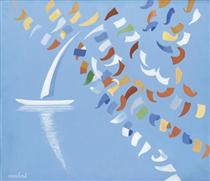
The death
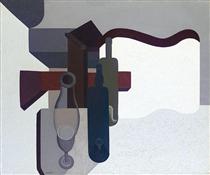
Amédée Ozenfant
On Artist
flow
Cubism
friends
Le Corbusier
Fernand Leger
Max Jacob
artists
Georges Braque
Pablo Picasso
Andre Dunaye de Segonzac
Roger de la Freinet
Maurice Pillard Verney
Charles Cottet
Jacques-Emile Blanche
Paul Signac
By Artist
flow
Surrealism
Purism
friends
Le Corbusier
Fernand Leger
Max Jacob
artists
Sergey Sharshun
Alexandra Exter
Marie Loransen
Leonora Carrington
Sari Gyenesh
Стелла Снид
Madeleine Laliberte
Manucher Ektay
